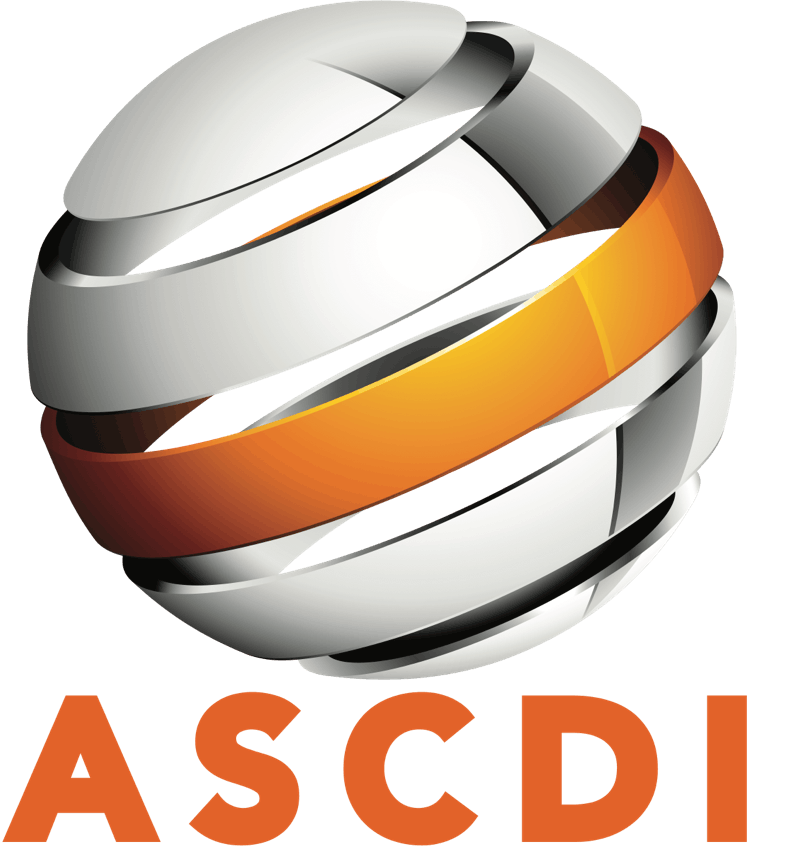Posted on Wednesday, July 27, 2016 in OEM, Third Party Maintenance
Another popular myth surrounding storage maintenance and support is that the service offered by an OEM must be intrinsically superior. After all, the vendor that makes a specific item must also be the best placed to support it too.
On the face of it, this line of reasoning makes perfect sense. But this is not always the case. As a cost-conscious CTO, you need to carefully consider the motives (and pricing structure) of your OEM – otherwise you may be making a costly mistake.
OEM profit margins – the elephant in the room
The sole duty of any business is to deliver a solid profit at the end of the financial year, so you cannot begrudge your OEM from doing just that. You can however question how they do it.
Every OEM – EMC, NetApp, IBM, HPE and HDS – makes a significant fee from selling new hardware. So as hardware approaches end of warranty, OEM’s typically raise maintenance contract costs significantly in an attempt to make a new upgrade look more attractive. They may also insist on providing support levels which the unit in question simply doesn’t need.
You will find that your account manager exerts regular pressure on your team to commit to a regular upgrade cycle, replacing perfectly adequate equipment with newer models to help prop up the OEM’s profit margins. Good for them, not so good for you.
So if you are paying over the odds for post warranty support that the OEM doesn’t want to provide, are their maintenance contracts really intrinsically better? For the conscientious CTO, the answer should be no.
The third party maintenance difference
Third party maintenance (TPM) contracts take a different approach. Without the added pressure of trying to sell your business new upgrades every three years, a TPM provider can immediately reduce the cost of your maintenance agreement, even for post-warranty units. Here at CDS our contracts are typically 40% to 70% lower that the equivalent OEM service for instance.
A third party maintenance agreement also typically offers increased flexibility, allowing you to define the support levels your equipment actually needs. Why pay for 4-hour response cover, when a particular storage unit doesn’t require it? CDS allows you to define your own coverage levels so you only pay for what you need.
There’s also one more very important reason for considering CDS for your third party maintenance coverage – we only employ Level 3 engineers who have already worked with your vendors. Our team are fully-qualified, deeply experienced professionals who are intimately acquainted with storage systems from EMC, NetApp, IBM, HDS and more.
So when you consider costs, coverage and experience, are OEM maintenance services really intrinsically superior?
To learn more about third party maintenance and what it can do for your business, please get in touch.

